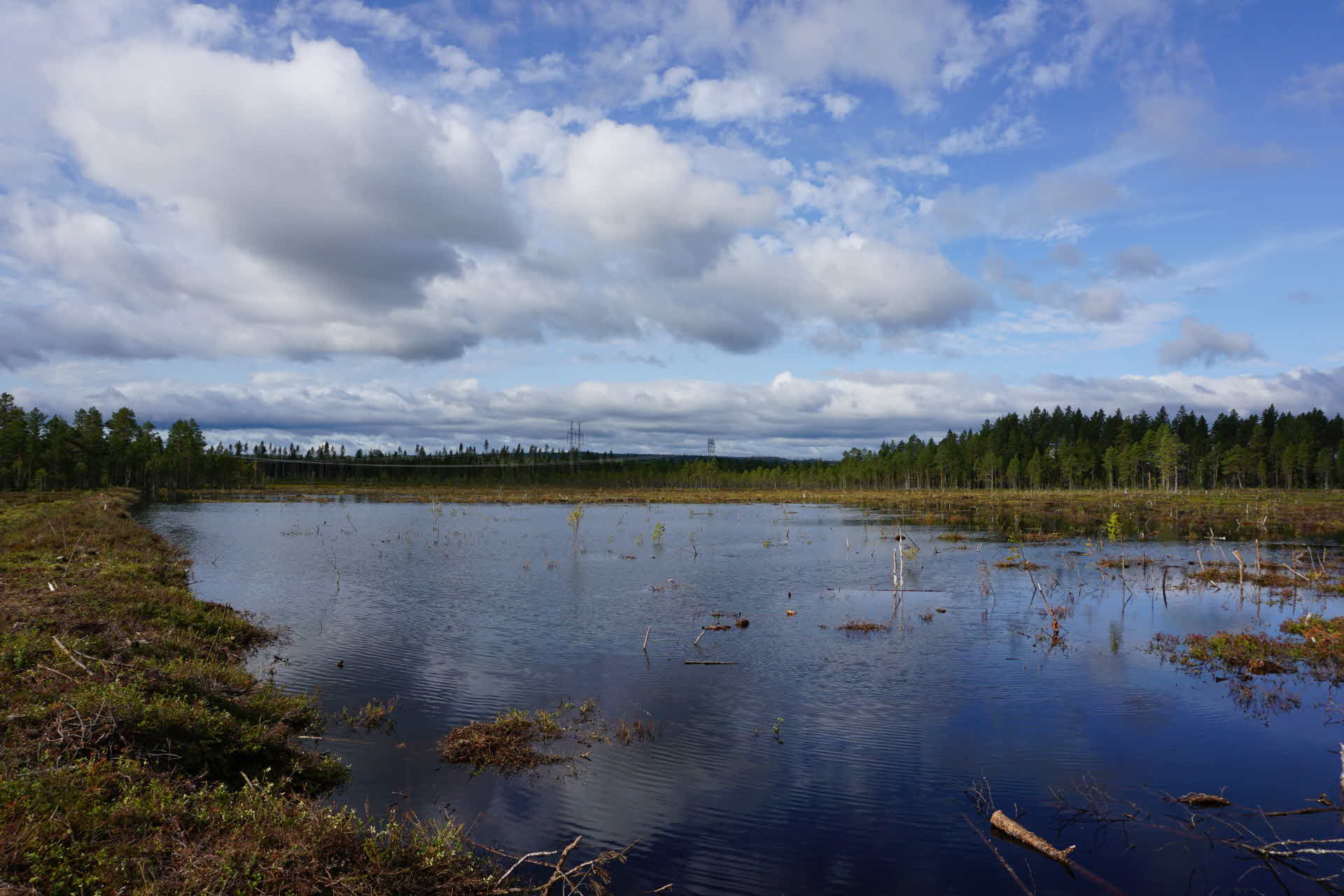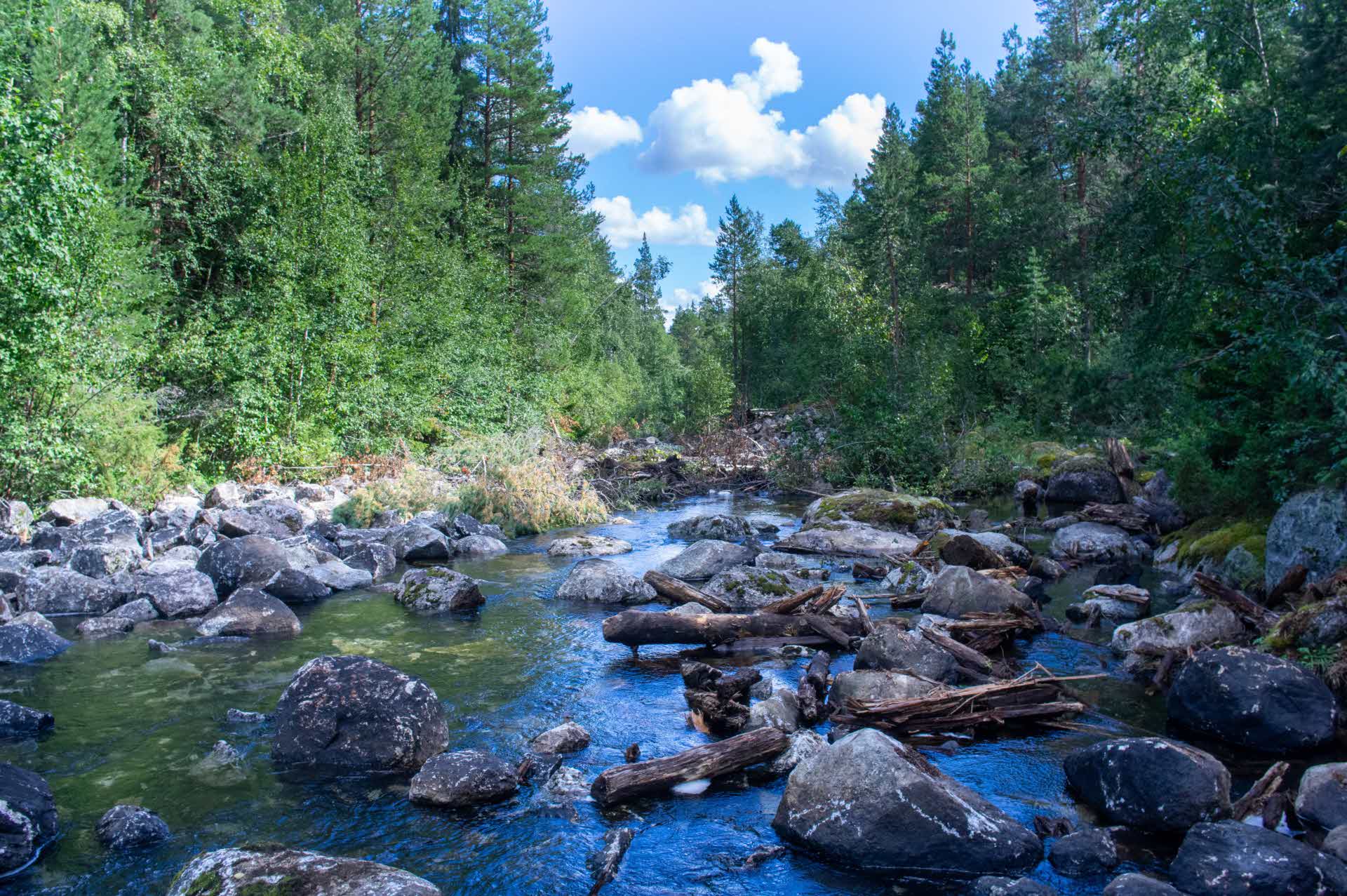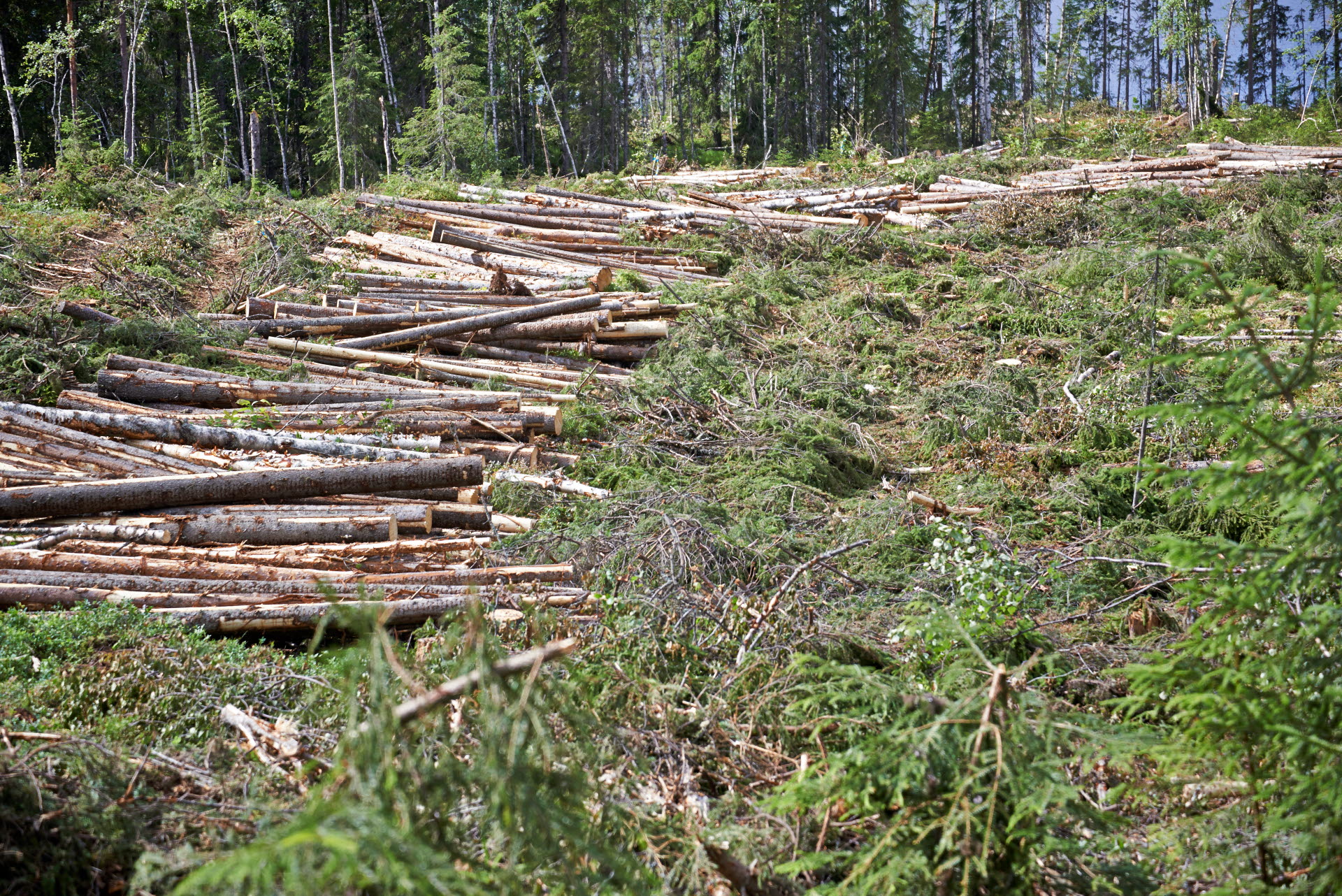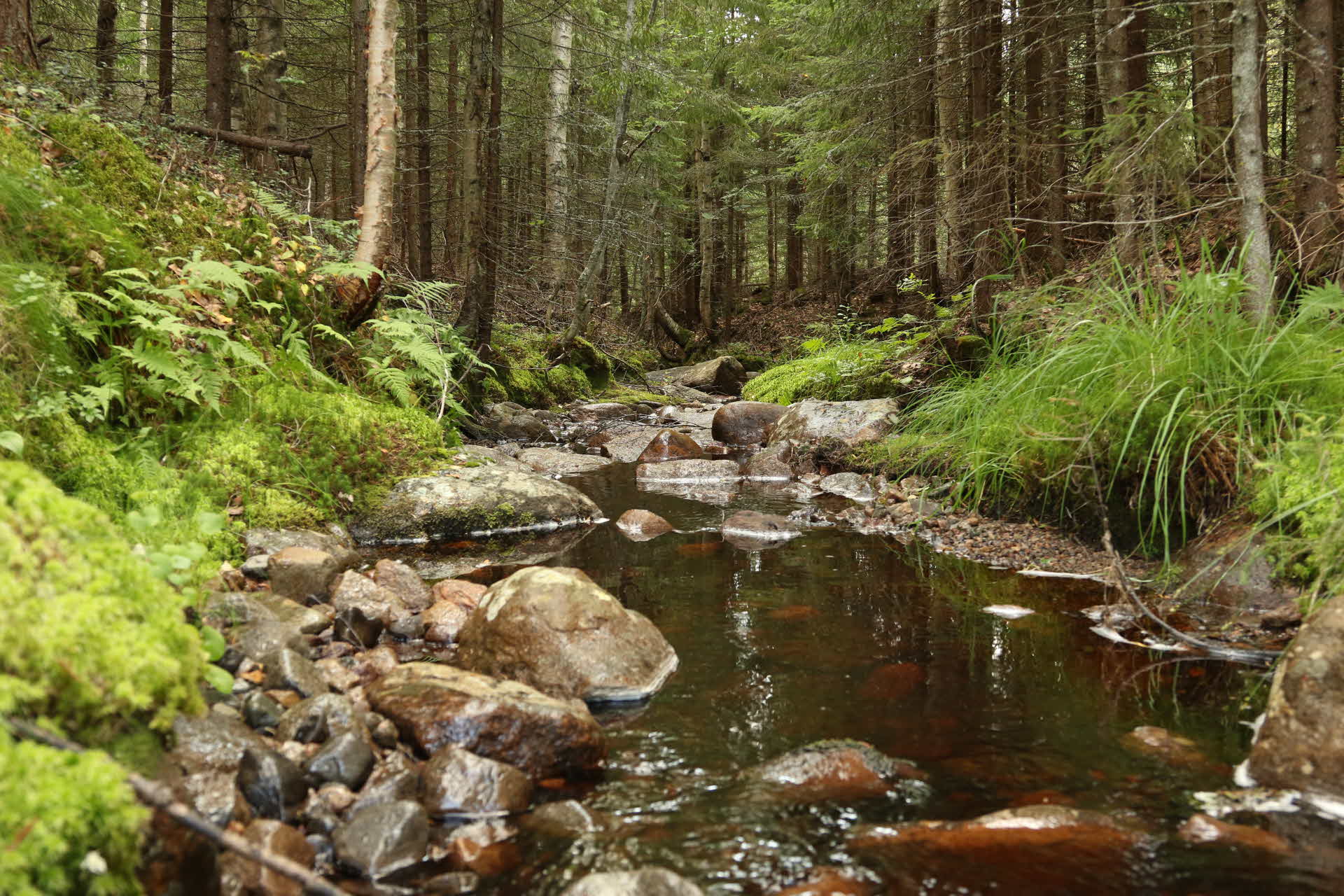
- FOREST
- SCA's FORESTS
- RESPONSIBLE FORESTRY
- PROTECTING WETLANDS AND WATERCOURSES
Protecting wetlands and watercourses
The water runs through the forest landscape like a life-giving nerv system. Protecting as well as restoring and preserving wetlands and waterways is an important part of our forestry.
In our forests, there are everything from small gullies, sloughs and wetlands to streams, rivers and lakes. The water and the surrounding areas are home to various flora and fauna. Streams and lakes are home to, among other things, fish, mussels, and other aquatic organisms. They can depend on, for example, clear, flowing water, that the water does not get too hot and that there is enough food.
In the areas around the watercourses there are often many species of mosses, lichens, herbs, insects and birds. Many species that live here are adapted to an environment that does not change much. They simply want peace and quiet. Many of them also appreciate moisture and shade.
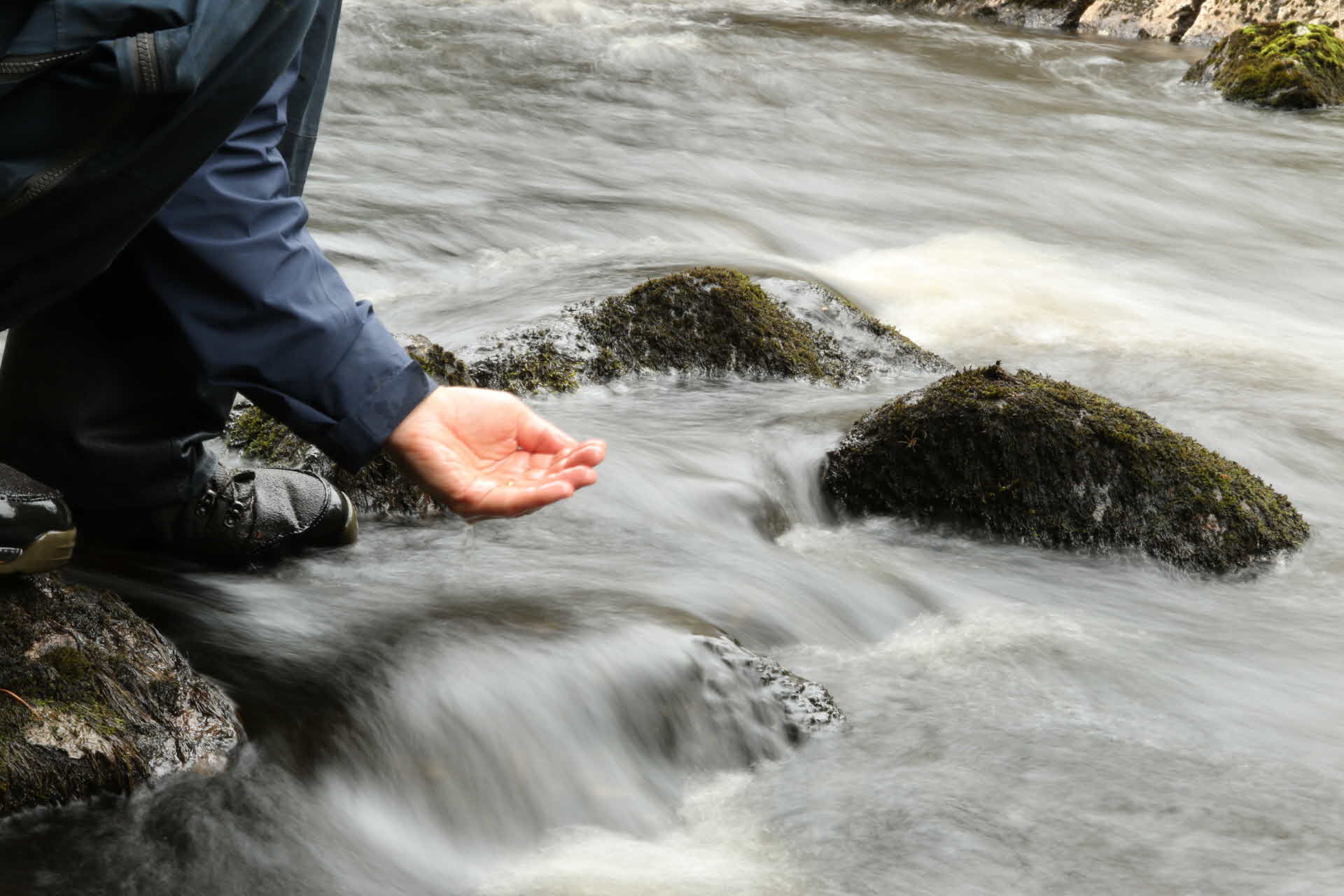
Water is of great importance to all living things, so we must be careful about it. As a forest owner, we have a great responsibility.
Think before
It is not only the water itself that must be protected, we must also protect the areas that are closest to the water and leave so-called edge zones that are not felled. When it is time for forestry measures, we always think about how it can affect the water environments. Regardless of whether we are going perform soil scarification, plant, harvest or build a road, we have to make sure that our actions have as little impact as possible.
An important part of the work to protect water in the forest is to avoid driving with forest machines over watercourses and soft wet areas, as much as possible. Therefore, we work with our own methodology SED, Gentle Efficient Logging, to minimize driving damages and protect sensitive areas during harvesting, thinning and soil scarification.
In cases where we need to cross a watercourse, the maschine team always lay extra brash mats along machine routes. If necessary, temporary bridges may also be constructed from timber or we use portable bridges over sift parts and streams and water-bearing ditches as protection before driving there.
All forest machines operating for SCA have access to the so-called soil moisture map in their machine computers. This allows the drivers to see where it is wet and damp in the areas designated for harvesting.
Own projects and collaboration
We perform our own measures on our land to protect and restore watercourses and wetlands. But because water runs through the forest, we often need to collaborate with others to bring about changes. Therefore, we participate in several county-wide projects where the county administrations often lead the work.
This is how we work
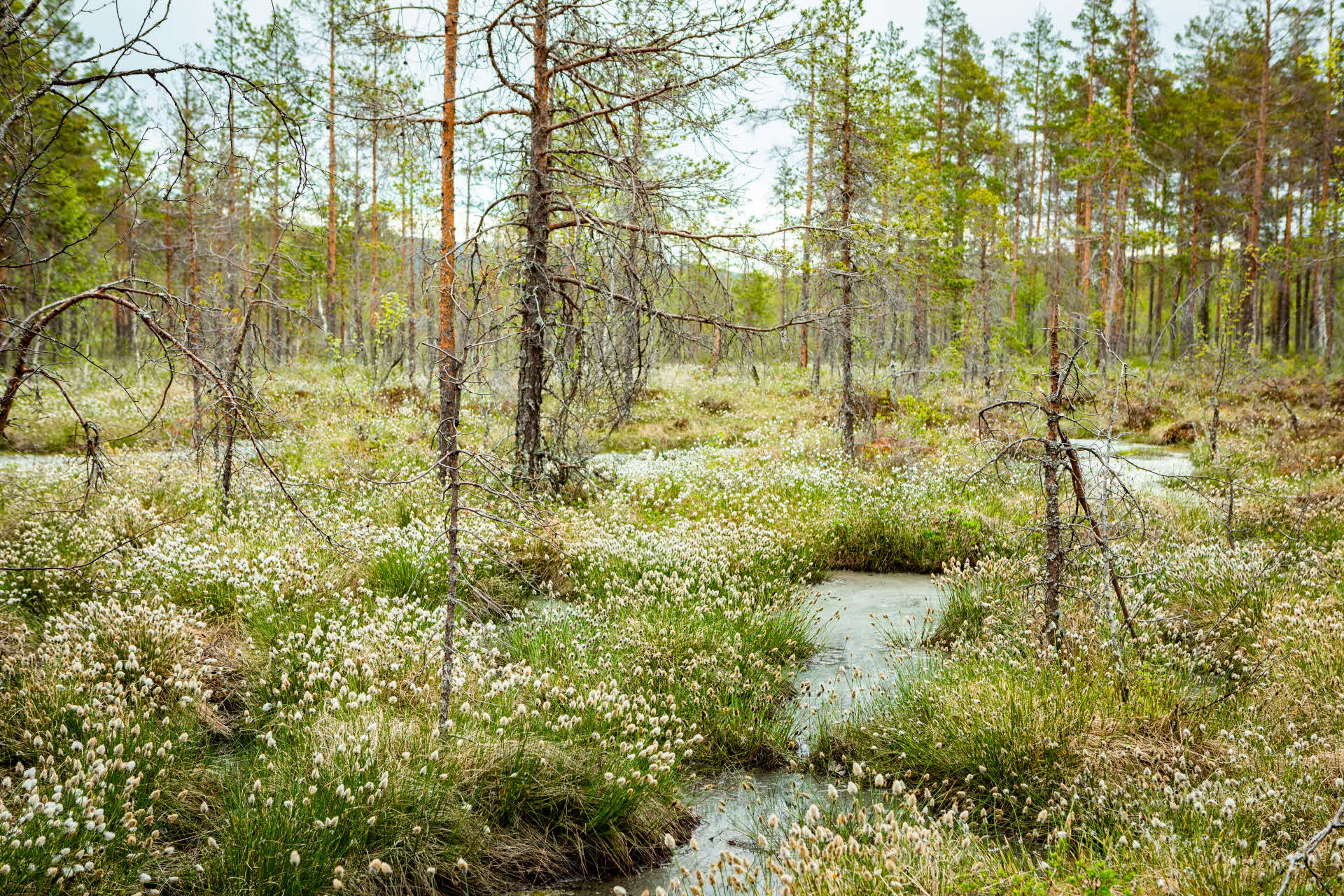
Rehydrating wetlands
Wetlands act as nature’s own purification filters and have an important function in the forest landscape. SCA’s ambition is to increase our initiatives to rehydrate wetlands and benefit biodiversity.
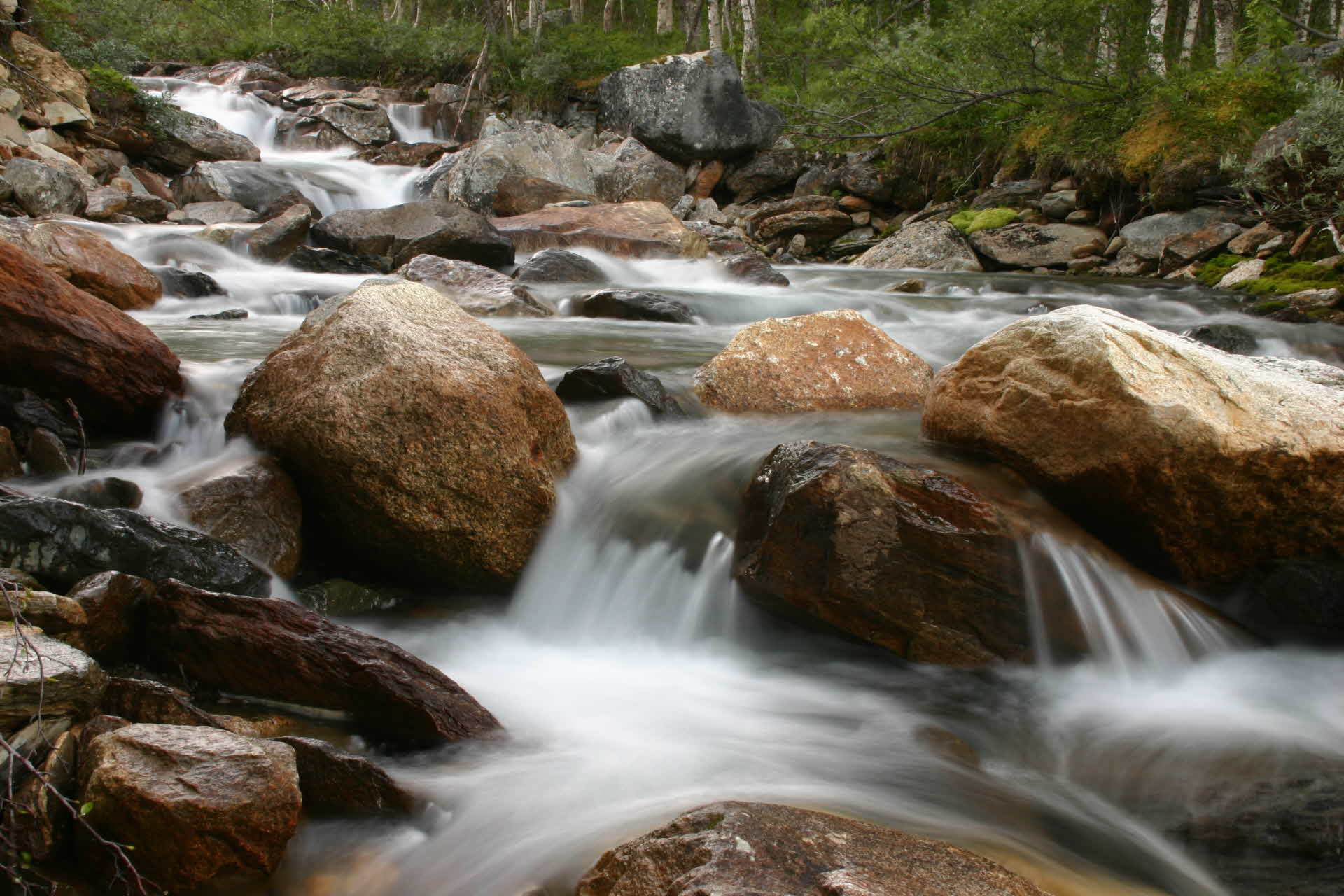
Water conservation projects
SCA is involved in several extensive water conservation projects in northern Sweden. The target is to protect and recreate the natural values that exist and have existed in the water landscape. The work involves restoring habitats and restoring parts of rivers and waterways.
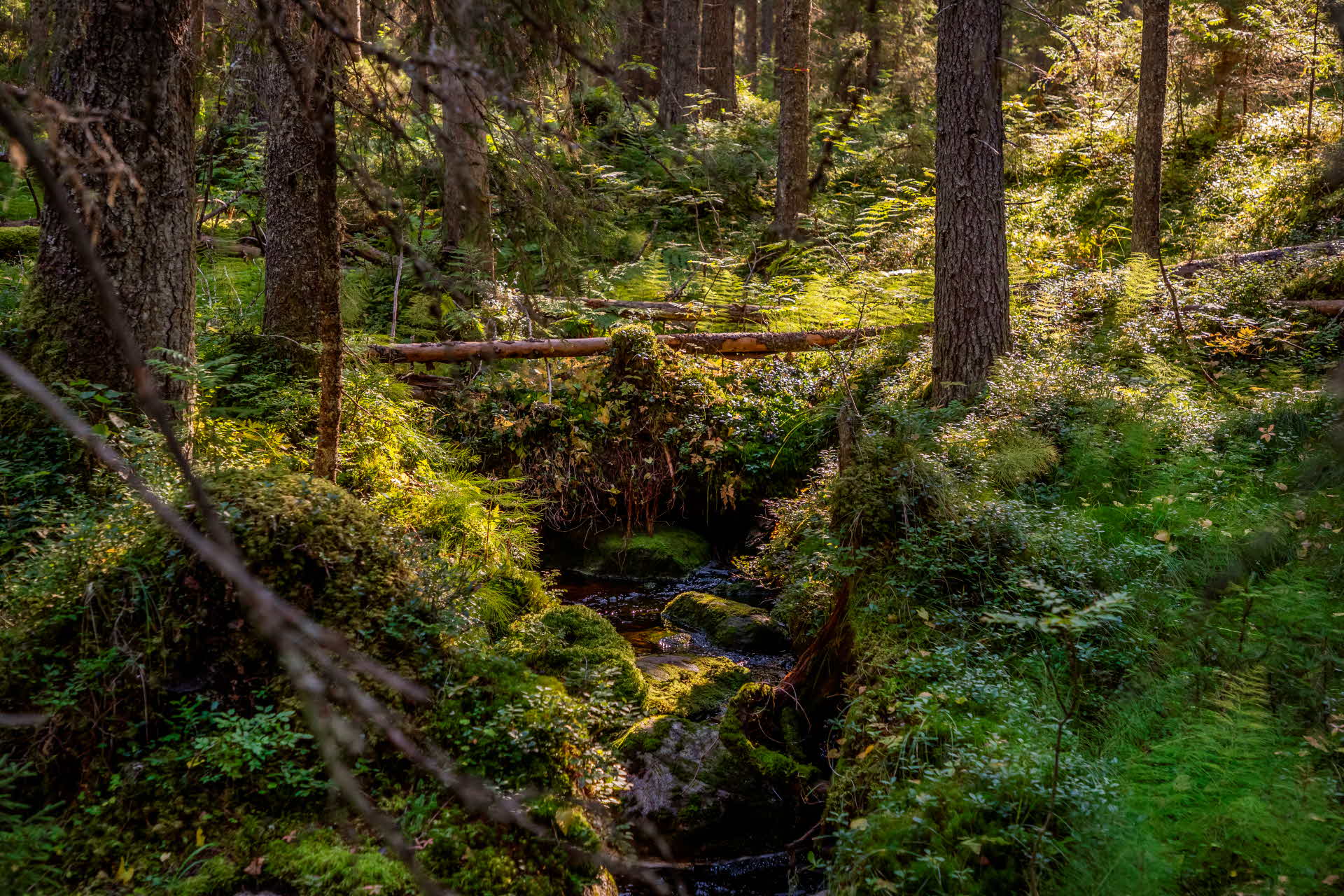
The buffert zone
Buffer zones, the areas that lie between a forest and water, serve many important functions. They are retained when harvesting and provide a haven for plants and animals, offering shade and coolness for those species that appreciate it.
